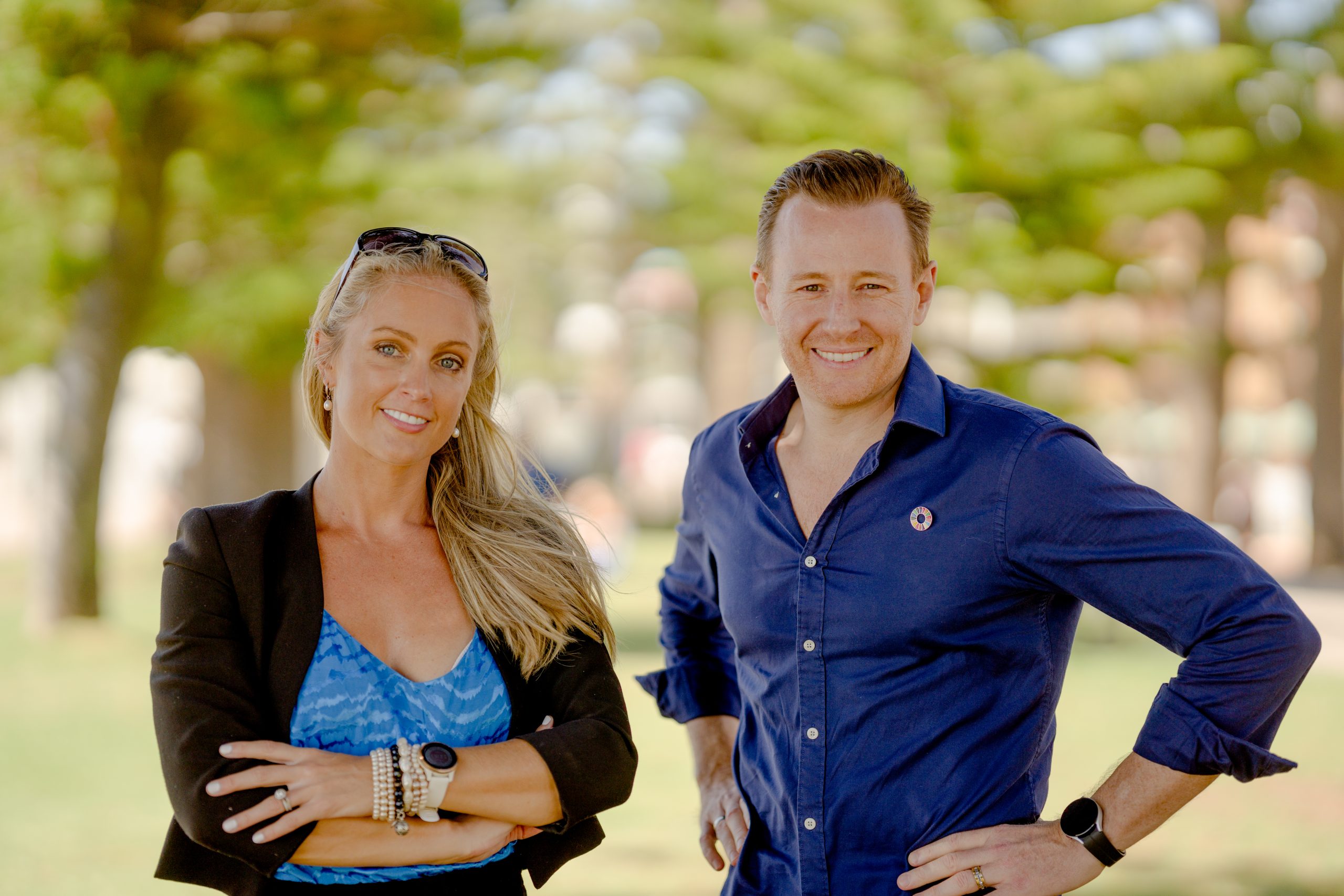Timing Considerations for Effective News Announcements
No, you’re not imagining it.
It’s definitely harder than ever before to cut through the noise, and secure quality news coverage on a regular basis.
What made for front-page news just five years ago may now barely be considered newsworthy at all.
Because as newsrooms dwindle and the numbers of quality tech and finance companies rapidly increase, the pressure is higher than ever before for journo’s to raise the bar for that killer yarn.
So what’s an emerging company that wants quality news coverage to do?
It’s no longer enough to just have a good story or announcement. Applying the ‘art of strategic patience’ will significantly increase your odds of getting that killer coverage.
To explain how, here are six considerations that will impact the timing of announcing your news.

1. Whether you want tier-1 media, or just trade press
Short of not sending out your media release literally on Christmas day (please don’t do that), if you only want trade press, then there isn’t a huge need to be strategic about timing.
Trade publications are likely to accept well-constructed stories that are relevant and helpful to their highly targeted audiences, even if the story has been covered first by other media, and even at the height of something like reporting season.
This is absolutely not the case with tier-1 media.
If you wish to have any shot of cracking the AFR, The Australian, SMH / The Age, or Daily Telegraph, the following timing considerations are absolutely critical.
Read on!
2. The newsworthiness of your announcement
We have a secret that you may not want to hear, but it is 100% for your own good.
You may not be as interesting as you think you are.
The bar for what constitutes “news” in tier-1 media (and especially for unlisted companies) is very high.
So it might feel hugely exciting to land a funding round, partner with a high-value client, or launch a “revolutionary” new product. But your PR team is best positioned to determine whether tier-1 media will also share your excitement, and actually want to write about it.
If your PR team believes your announcement rates highly on “newsworthiness” for most tier-1 news media, then you have a higher degree of control over the best way to disseminate that news.
In this case, you could mass-distribute the news to everyone at the same time and attempt multiple tier-1 stories. Or you could send out an embargo dictating timing to several key journalists across each of the key tier-1 publications, then mass distribute after this embargo date to other trade press too.
If your PR team believes your story is less broadly newsworthy, however, then you may have to pitch it as an exclusive to one tier-1 journalist only, and apply a bit more patience.
In this case, you should choose a hierarchy of 3 or 4 possible journalists, in case your first choice is uninterested or otherwise unable to run the story. You will then only approach one at a time, and wait until each one either declines the story or is unresponsive, before approaching the next. This can take time, so be prepared for this from the start.
Maintaining Confidentiality and Exclusivity for Quality News Coverage
If one journalist does kindly agree to run your story, you will then need to work with complete flexibility around the timing of this journalist – even if this means waiting weeks or months in some cases.
Throughout this entire process, you will also need to muzzle the news until the exclusive is published. If the news has been announced anywhere publicly, then it is no longer news and you may kill your best shot for achieving a high-quality story.
This means no social media posts, no speaking about it over beers to anyone, no announcing it to a big list of shareholders, and definitely no mentioning it to any other journalists, even if by accident or “confidentially”.
Trust us, it will all be worth it when you finally get to share the news – via a detailed write up in one of the country’s leading newspapers.
3. Predictable events (that impact the newsworthiness of your announcement)
There are events occurring every year, which we know well ahead of time, that impact how relevant or newsworthy your story will be at any given point.
Do not ignore these when considering the timing of your announcement.
ASX reporting season, Melbourne Cup, federal budget announcements, tax time, and Christmas, to name just a few, can all impact the themes an editor will be focussed on at any given post.
But the most important, and often most underestimated, of these events – especially for tech and finance companies – is ASX reporting season.
During February and August every year, every tier-1 technology and finance journalist is frantically trying to report on the results being announced by ASX-listed companies within the beats (topics or sectors) they cover.
They know in advance when these companies are reporting, and they may have to report on 1 to 4 companies on any given day.
What does that mean for smaller, unlisted, companies?
It means these journalists are super busy and probably don’t have time to care about anything else. The relative importance of your announcement is likely to drop significantly during this period.
So if you pitch them a story during this time, they are almost certainly going to pass – and be a bit annoyed at you too. And even if you offer to hold the story for them until reporting season ends, they are likely to consider it old or stale news by then, and so probably won’t report on it then either.
Avoiding these busy times is completely within your control. So be smart by being patient.
4. Unpredictable events (that impact the newsworthiness of your announcement)
No one can ever predict what may, literally, fall from the sky and knock any particular story out of its spot in the news.
As one incredible example, years ago we had placed a lighthearted story in the Daily Telegraph “news” section for publication on a certain date. Unfortunately, this happened to be the same date that Malaysia Airlines Flight MH370 disappeared from the sky.
This breaking story sucked up all of the editorial real estate we had been promised for many weeks, pushing back the story to a later date – which ended up being the date when Malaysia Airlines flight MH17 also disappeared.
Who could have predicted it?!
This didn’t have to kill the story completely, as the journalist could have simply chosen it to run on a third date. But by that time the story was stale, and his interest had waned – which can happen when a story drags on over a long time.
This may be a little unusual, but these types of unpredictable events happen all the time.
Bushfires, pandemics, sudden lockdowns, the death of someone famous, a huge scandal within your industry… There may be no predicting them, but your pitching strategy and expectations should take their possibility into consideration.
Be ready to pivot your strategy on the fly, in response to unpredictable events.
5. Materiality
Strategy on timing might feel like a moot point if you are a listed company and your news is of material impact to shareholders and investors.
In this case, the timing of your ASX disclosure is determined by your legal and compliance team via an ASX release.
But you can still better influence the media narrative and drive positive coverage by following this often dry and compliance-driven announcement with a colourful media release that provides context, key messaging, and a relatable story behind the material information.
And there are steps you can take regarding this release to increase your chances of being covered positively.
Firstly, the timing of these announcements might be genuinely last minute. But the content of the accompanying release rarely is. The primary details, contextual strategic benefits, and subjective key messaging surrounding the announcement will all be largely known in advance
So help your PR team construct a media release as soon as some of the details begin forming, at least a week in advance. Where exact figures are not known, include placeholders that can be filled in quickly at the last moment.
Your media team can then also text a selection of journalists to be prepared for “a newsworthy announcement from {YOUR COMPANY} tomorrow at 8am”. This allows journo’s to carve out some time and prepare to assess your story over their morning coffee, or even block out time for interviews just in case.
But, one word of warning. Only do this if you are positive that nothing will delay your announcement.
If a delay follows these texts, you and your media team will both be left looking incompetent. And it might prompt an investigation into the cause of the hold up, which could instead become the main story instead of your great news.
6. The fact that journalists are people too
Gasp… who would’ve thought it. Journalists are people too.
This means they also experience: crappy days, anxiety from millions of daily email pitches, irritation at yet another irrelevant media release filled with typo’s, pressure from their editor to run/not run certain types of stories, memory failures, oh and they also take annual leave sometimes too.
You might believe your story is a slam dunk with a particular journalist, but if they don’t share your views – for whatever reason – then that is their answer. It is not a good idea to harass them to try and change their mind.
What you can do, instead, is leave the story with them exclusively and give them time and space to write it, or respectfully move on to another journalist.
Because one thing need to be very clear. Your long-term relationships with the journalists who write about your sector are far more important than any individual story and your desired timing on it.
Being considerate of their thoughts and needs will result in far better long-term results. Plus it’s just the right thing to do.
And if your first choice of a journalist is on leave, you may need to start the weeks-long pitching process from the start with a new journalist, or wait several weeks before they return to try your luck again. Be prepared for this if you want the absolute best results.










